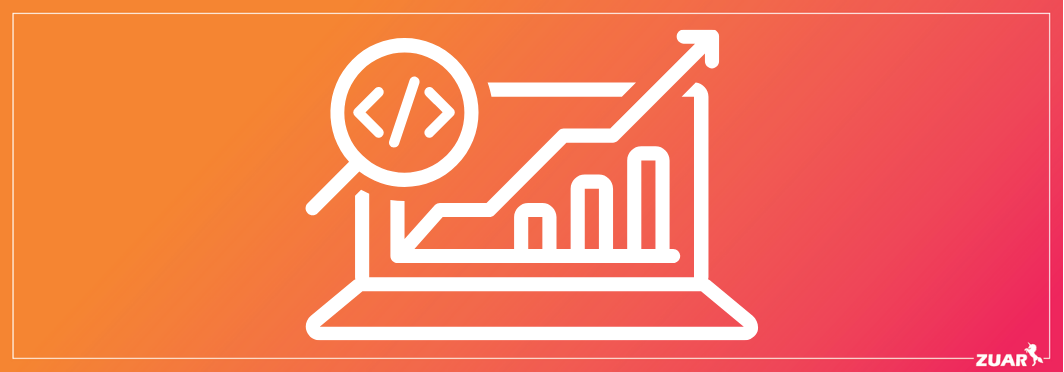The Ultimate Guide to Customer Experience Platforms
In this guide, Zuar covers what a customer experience (CX) platform is, the benefits one can bring to your business, the types of CX platforms, and more!
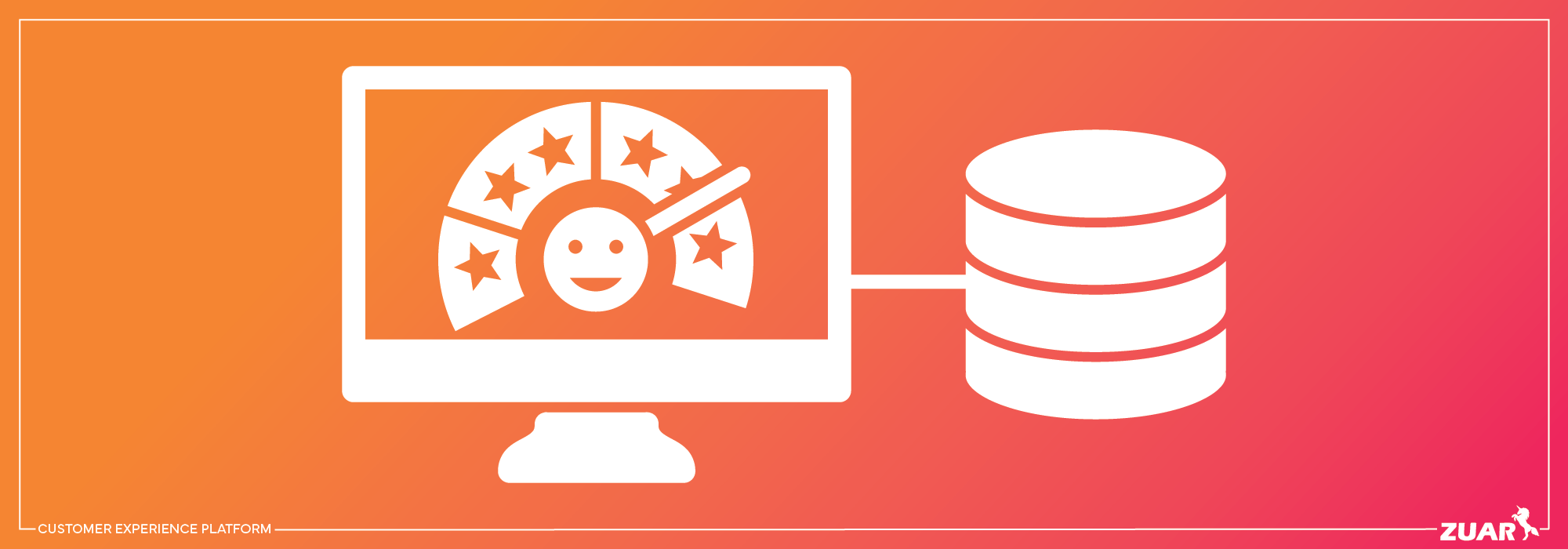
What Is a Customer Experience Platform?
A customer experience (CX) platform is software that helps companies manage and optimize the entire customer journey. The main goal of a CX platform is to provide a seamless experience across every touchpoint and channel.
A robust CX platform centralizes all customer data and interactions to provide a complete view of the customer. This enables brands to orchestrate individualized journeys and consistently deliver excellent experiences at scale.
Key Takeaways
- Companies are adopting customer experience platforms to centralize data, enable omnichannel engagement and personalization, and improve relationships, experiences, and business growth.
- Implementing a customer experience platform requires alignment with business goals, phased rollout, executive sponsorship, employee training, data integration, and continuous optimization.
- With the right customer experience platform and strategy focused on exceeding expectations, companies can increase customer satisfaction, loyalty, and revenue.
CX Platform Core Capabilities
The core capabilities of a CX platform include:
- Omnichannel engagement - Support and communicate with customers across multiple channels like email, live chat, social media, etc. from a unified interface.
- Experience management - Design, optimize, and deliver personalized experiences across channels and touchpoints.
- Customer analytics - Collect feedback, analyze metrics, and uncover insights to measure and improve CX.
- Integration hub - Integrate customer data from CRM, marketing, sales, and other systems.
- AI and machine learning - Apply predictive analytics and automation to recommend next best actions and optimize experiences.
With real-time customer insights and built-in optimization, companies can quickly adapt and respond to customer needs. The result is higher satisfaction, engagement, and loyalty across the customer lifecycle.
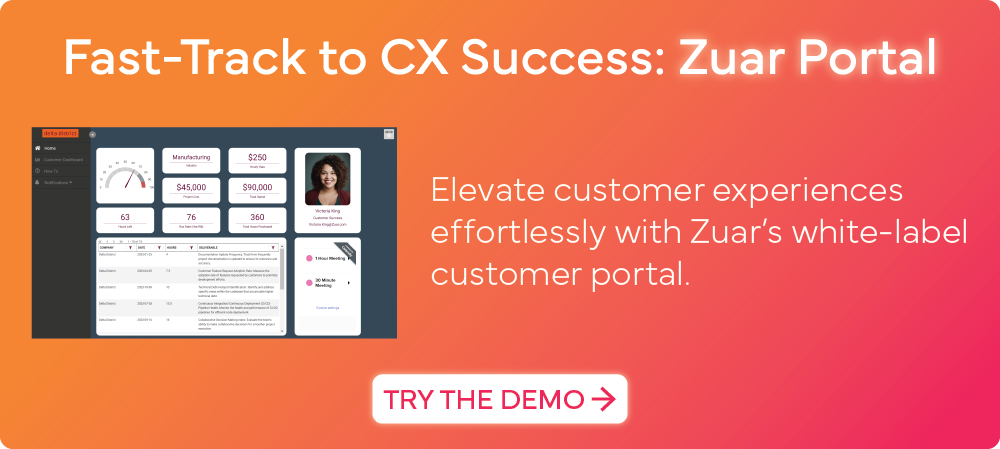

Why Is Customer Experience (CX) Important?
Customer Experience (CX) is incredibly important for businesses today. Studies show that CX is one of the key factors impacting revenue, customer retention, customer satisfaction, and brand reputation.
- It directly impacts revenue and growth - Positive CX leads to higher sales, repeat purchases, upsells, and referrals. Providing a seamless, enjoyable CX is a proven way to boost revenue.
- It increases customer retention and loyalty - Customers who have a positive experience are much more likely to continue doing business with a brand and recommend it to others. CX builds emotional connections that keep customers coming back.
- It drives brand differentiation - CX is a key competitive differentiator, especially in crowded or commoditized markets. A differentiated CX helps brands stand out.
- It lowers costs - It's 5 to 25 times more expensive to acquire new customers than retain existing ones. Providing good CX reduces churn and cuts acquisition costs.
- It improves customer satisfaction - Customers expect personalized, omnichannel experiences. Meeting these expectations leads to higher satisfaction scores.
In today's experience economy, focusing on optimizing CX across every customer touchpoint is essential for business success. The data clearly shows that prioritizing CX directly translates to happier customers, lower churn, increased revenue, and faster growth.

Types of Customer Experience Platforms
Customer experience platforms generally fall into a few main categories:
Customer Relationship Management (CRM) Platforms
Customer Relationship Management (CRM) systems are software platforms designed to help businesses manage and analyze customer interactions and data throughout the customer lifecycle.
They aim to improve business relationships, assist in customer retention, and drive sales growth by centralizing customer information and automating sales, marketing, and customer support—facilitating interpersonal communication and the management of business relationships.
Customer Engagement Platforms
Customer engagement platforms provide capabilities to optimize the entire customer lifecycle. This includes tools for marketing automation, campaign management, personalization, predictive analytics, and more. These platforms aim to orchestrate contextual customer experiences across channels.
Customer Service Platforms
Customer service platforms enable companies to support customers across multiple channels, including phone, email, live chat, social media, and more.
Features may include knowledge bases, community forums, ticketing systems, and AI-powered virtual agents. These platforms help deliver seamless, omnichannel customer service.
Customer Analytics Platforms
Customer analytics platforms focus specifically on collecting and analyzing customer data to uncover insights. Key capabilities include segmentation, journey mapping, predictive modeling, sentiment analysis, and data visualization. These platforms help understand customer behavior to optimize experiences.

Top Customer Experience Platforms
When evaluating customer experience platforms, some of the major vendors to consider include:
Zuar Portal

Zuar Portal is an innovative and adaptable customer experience platform that revolutionizes how businesses engage with their customers.
With its data-driven approach and seamless integration with leading business intelligence tools and cloud database providers, Zuar Portal empowers businesses to create, personalize, and maintain exceptional customer experiences through branded customer portals.
From addressing UI/UX design challenges to enhancing response times and expanding functionality, Zuar Portal offers a consistent omnichannel experience that drives engagement and builds trust.
It provides easy access to key stakeholders, secure sharing of insights, and streamlined analytics within existing applications, ensuring businesses can meet customer expectations and stay ahead in today's competitive market.
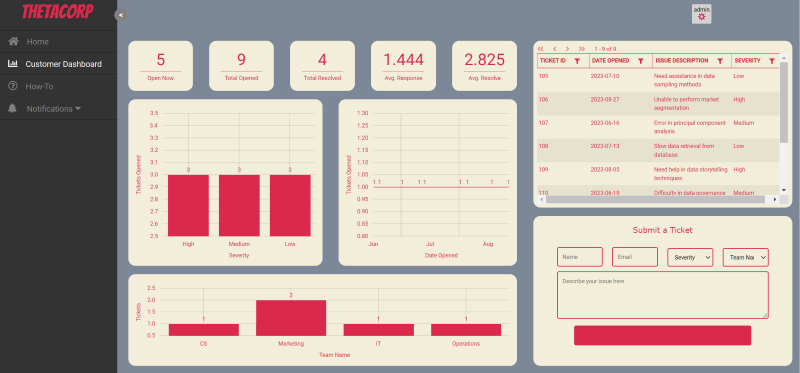
Click here to try out the Zuar Portal demo. To Explore more advanced features, start a free trial by clicking here!
HubSpot Service Hub
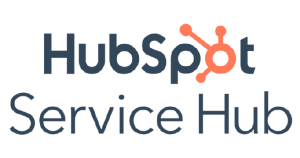
HubSpot Service Hub is designed to foster long-lasting customer relationships through a suite of customer service tools that boost team productivity and connect teams with the necessary information in one place.
It integrates seamlessly with HubSpot's CRM, offering conversational tools, help desk automation, and customer feedback mechanisms to provide businesses with a unified view of each customer interaction, aiming to enhance the customer experience significantly
Birdeye

Birdeye transforms customer feedback into actionable insights, offering features such as tailored NPS and CSAT surveys, unified messaging across multiple platforms, and competitor analysis.
With over 100,000 businesses using Birdeye, it's recognized for its ability to manage feedback across numerous locations seamlessly and for its integration capabilities with custom APIs.
Freshworks

Freshdesk is known for making customer experience management more efficient with features that support stellar customer support.
Its cloud-based software offers self-service options, AI-powered chatbots, and automation for repetitive tasks, making it accessible and affordable for businesses looking to streamline their customer service processes.

Elements of Customer Experience Strategy
There are a number of elements that contribute to an effective data strategy. We'll now take a look at customer journey mapping, customer analytics, and AI/machine learning.
Customer Journey Mapping
Customer journey mapping is the process of tracking and documenting the full end-to-end experience a customer has with a product or service. It involves identifying key customer interactions and touchpoints along their path to purchase and beyond.
CX platforms provide tools to help companies map out these customer journeys. This usually involves creating visual representations of the journey from the customer's perspective, mapping out every step and touchpoint along the way.
Platforms may provide journey mapping templates or canvases to facilitate this process. Some key capabilities include:
- Identifying key customer actions, emotions, pain points, etc., at each stage of the journey
- Linking customer data to various touchpoints to understand behavior
- Highlighting gaps, pain points, or opportunities in the customer experience
There are many benefits to taking a journey mapping approach:
- Provides a holistic outside-in view of the customer experience beyond just transactions
- Enables companies to truly empathize with customers and "walk in their shoes"
- Identifies key moments of truth that have an outsized impact on customer satisfaction
By leveraging CX platforms to map and analyze customer journeys, companies gain actionable insights to help exceed customer expectations. Journey mapping is a powerful technique for humanizing CX data and driving customer-centric decisions.
Customer Analytics
Customer analytics are a critical component of any customer experience platform. CX platforms provide robust analytics capabilities to help companies understand their customers and identify areas for improvement.
Some of the key types of customer analytics provided by CX platforms include:
- Customer segmentation - Divide customers into groups based on common attributes like demographics, behaviors, and preferences. This enables more personalized experiences.
- Sentiment analysis - Use natural language processing (NLP) to determine how customers feel about a brand. Identify areas driving positive or negative sentiment.
- Predictive analytics - Apply machine learning algorithms to customer data to predict future behaviors and outcomes. Proactively address issues.
- Attribution modeling - Determine how different interactions along the customer journey impact outcomes like purchases. Optimize high-value touchpoints.
- Lifetime value modeling - Estimate the future revenue potential of customer segments. Identify the most valuable customers to retain.
The benefits of leveraging CX analytics include:
- Improved customer understanding - Gain more nuanced insights into changing customer preferences, frustrations, and desires.
- Data-driven decision making - Back key decisions around experience optimization with hard customer data and analytics.
- Personalization - Create targeted experiences for micro-segments by leveraging customer analytics.
- Increased retention - Identify at-risk customers before churn based on analytics. Proactively intervene.
- Marketing optimization - Determine the highest converting marketing channels and campaigns with attribution modeling.
- Enhanced CX measurement - Continuously monitor analytics tied to CX metrics. Track improvements over time.
In summary, CX analytics empower companies to intimately understand their customers, identify opportunities to improve, and offer more relevant and personalized engagement. CX platforms provide the analytics engine to drive this customer focus.
Learn more about customer experience analytics:
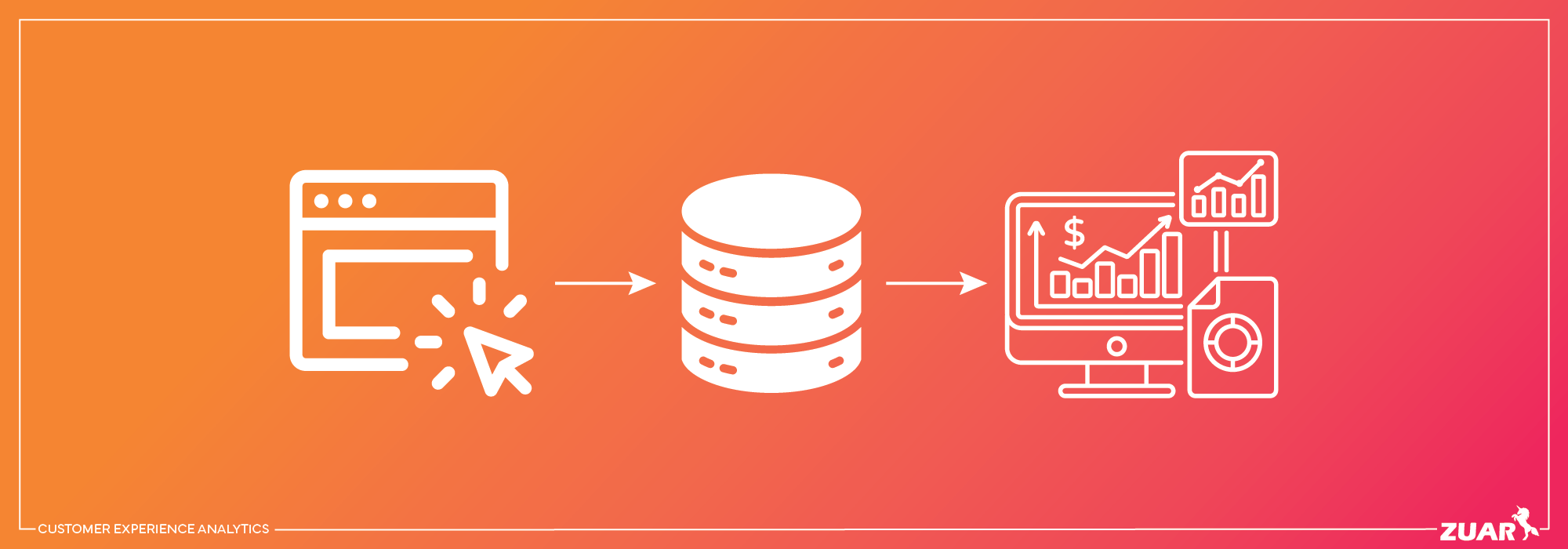
AI and Machine Learning
Artificial intelligence (AI) and machine learning (ML) are playing an increasingly important role in customer experience (CX) platforms. These technologies allow businesses to deliver more personalized, predictive, and automated experiences to customers.
AI and ML enable CX platforms to process large amounts of customer data and identify patterns and insights that would not be visible to humans. This empowers companies to better understand their customers and deliver hyper-personalized experiences.
Some key ways AI and ML are utilized in CX platforms:
- Predictive analytics - Predicting which customers are at risk of churning, which customers are most likely to respond to cross-sell offers, forecasting future sales etc. This enables proactive CX.
- Recommendation engines - Recommending products, content, services etc. tailored to each customer based on their interests, past behavior, and data. This drives higher engagement.
- Natural language processing (NLP) - Understanding text-based customer conversations across channels like chat, email, social media etc. Enables smarter CX automation.
- Automating simple queries - Answering routine customer questions automatically via chatbots, improving CX efficiency.
As AI/ML continues advancing, they will become even more ingrained into CX platforms to drive personalization, automation, and predictive capabilities for next-gen customer experiences.
Learn more about crafting an effective digital customer experience strategy:

Choosing the Right Platform
When it comes to choosing the right customer experience (CX) platform, there are several key factors to consider:
Align With Business Goals and Objectives
First and foremost, the CX platform needs to align with your organization's overarching business goals and objectives. What are you trying to achieve from a business perspective and how can CX help get you there?
Common goals include increasing customer satisfaction, driving revenue growth, reducing churn, and improving brand loyalty. Ensure the CX platform has capabilities that directly map to fulfilling those goals.
Identify Required Use Cases
Next, identify the core CX use cases you need to support. These may include omnichannel customer support, customer journey analytics, voice of the customer programs, customer data management, and more.
Make a list of must-have use cases and ensure any platform you evaluate has robust functionality across those areas.
Consider Implementation Time and Resources
The implementation timeline and required internal resources are also key factors. Some CX platforms may take months to fully roll out, while others, like Zuar Portal, are designed for faster deployment.
Factor in how quickly you need to show return on investment. Also assess whether you have the staff required internally to manage implementation—some may require heavy IT involvement for integration and customization.
Evaluate Ease of Use
Ease of use is critical for user adoption across customer-facing teams like service, sales and marketing. Evaluate any CX system for intuitive and modern interfaces. Can less tech-savvy employees quickly learn and use it? Strong UI/UX design is a must for employee productivity and satisfaction.
Assess Total Cost of Ownership
The total cost of ownership (TCO) beyond license fees should be analyzed. Are there additional charges for data storage, users, or premium support? How much will need to be budgeted for third-party system integration and consulting fees?
Be sure to model out a realistic total cost for at least 3 years of ownership before purchasing. Align with budgets or have plans to justify the spend.
Prioritize Scalability
As your business grows, can the platform easily scale with it? Evaluate both functional depth and technical capacity for expansion. Seek out cloud-based solutions built for elastic scalability. On-premise systems may eventually hit limitations as data and transactions ramp up over time.
By carefully weighing these key factors, you can make the right CX platform choice aligned to your specific business needs and long-term vision. The investment will pay dividends through better customer experiences.

Best Practices for CX Platform Implementation
A successful customer experience platform implementation requires careful planning and execution. Here are some best practices to follow:
Take a Phased Approach
Don't try to overhaul your entire CX infrastructure at once. Prioritize areas that need the most improvement and tackle those first. Gradually roll out changes across channels, departments, and technologies. Move in iterations to allow time for adapting processes and training employees.
Get Executive Buy-In
CX initiatives require company-wide coordination. Make sure key stakeholders and executives understand the vision and support the project. Appoint a project lead with authority to drive adoption. Without executive sponsorship, efforts may falter.
Train Employees Early On
The platform is only as good as the people using it. Provide thorough training on new processes and tools. Make sure frontline staff understand how their roles connect to CX goals. Change management is crucial - listen to feedback and concerns.
Integrate Data Systems
Connecting data silos provides a unified customer view. Set up data integrations between the CX platform and other systems like your CRM, marketing automation, and analytics. Identify key data flows and points of integration. Clean up duplicated or outdated data.
Define Metrics and Goals
Decide what CX metrics you want to track and set measurable goals. Common metrics include NPS, CSAT, churn rate, resolution time, etc. Goals should align with business objectives and CX strategy. Measure against goals to gauge progress.
Allow Time to Optimize
Don't expect perfection right away. Allocate resources to continuously test, learn, and optimize the platform post-launch. Monitor usage data, survey users, and tweak configurations. Refine over time based on real feedback to maximize value.
Avoid Over-Customization
Stick to out-of-the-box features as much as possible. Overly complex customizations make upgrading difficult and dilute the intended workflow. Focus customizations only on unique processes that aren't addressed by default capabilities.
Have a Rollback Plan
Unforeseen issues can arise during implementations. Develop contingency plans for rolling back changes if something breaks or doesn't work as expected. Build in flexibility to prevent disruptions to existing systems.

CX Platform Next Steps
In the fast-paced world of customer experience platforms, businesses strive to find the right solution that combines innovation, adaptability, and expertise to deliver outstanding customer experiences.
Given the tremendous impact of customer experience platforms on customer loyalty, retention, satisfaction, etc., it is paramount to ensure that you have selected the tools that best align with your business objectives. That's where Zuar Labs comes in.
Zuar Labs provides businesses with top-notch data services. From addressing UI/UX design challenges to offering a consistent omnichannel experience, Zuar Labs empowers businesses to create, personalize, and maintain exceptional customer experiences.
With its expertise in data strategy, implementation, and enablement, Zuar Labs ensures that businesses achieve milestones and deliver results to their internal and customer communities.
If businesses are seeking a customer experience platform that harnesses the full potential of data-driven decisions, Zuar has both the technology solutions and data services to ensure that businesses can maximize the customer journey.
Learn more by meeting with a friendly data expert:

